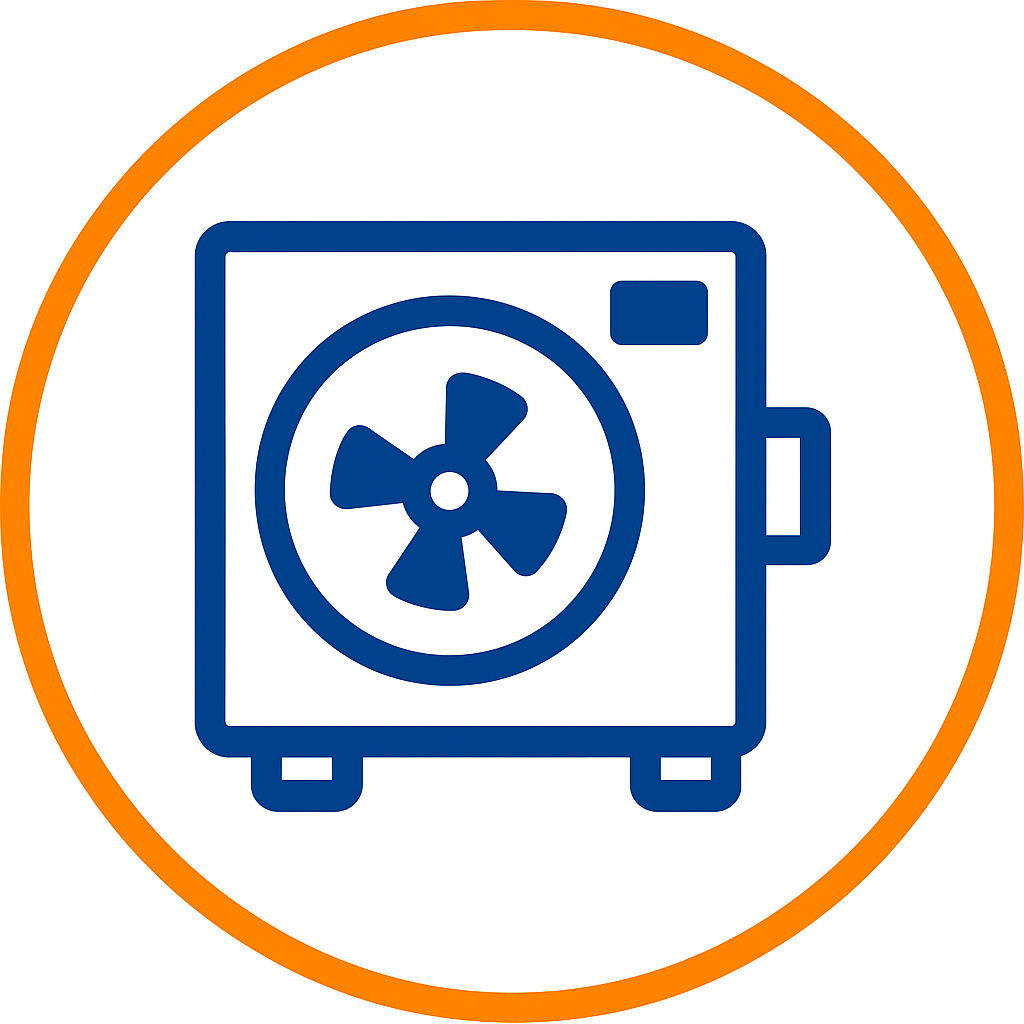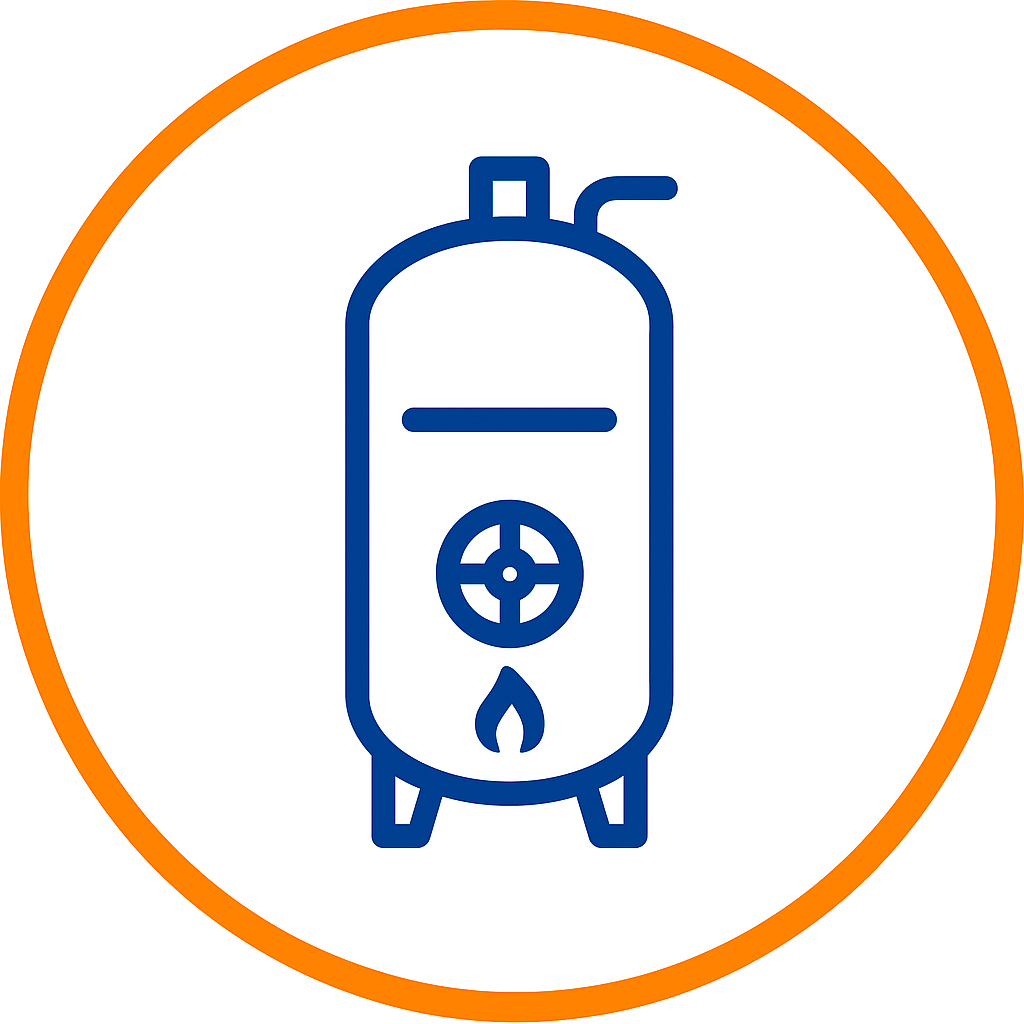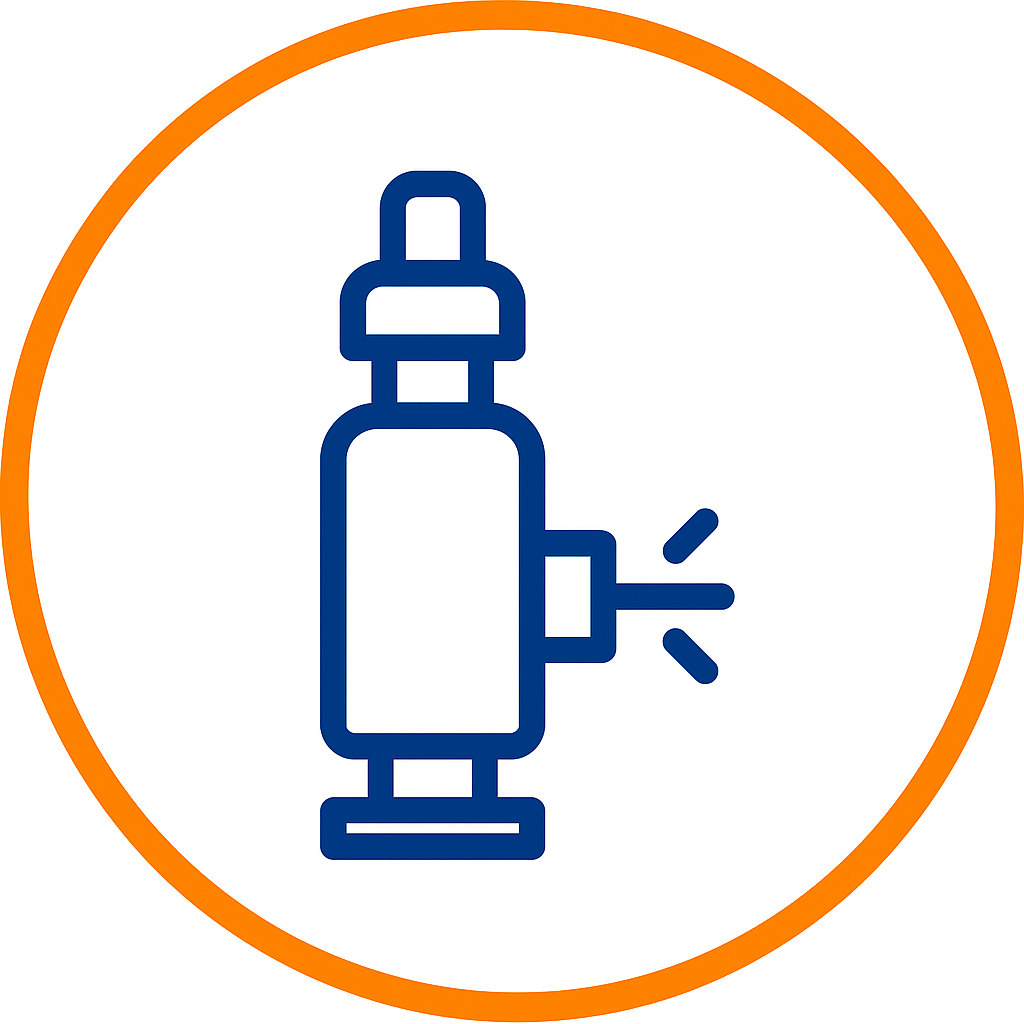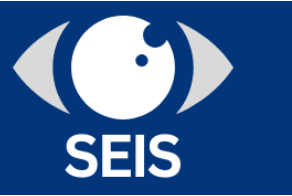PSSR Regulations: UK Pressure Systems Safety Rules
The Pressure Systems Safety Regulations 2000 (PSSR) exist to ensure that pressure systems used in the workplace are safe and properly maintained. These systems, if not correctly managed, can pose serious risks including explosions, equipment failure, and injury to workers or the public.
This guide explains everything you need to know about PSSR. Whether you operate a small boiler or a complex compressed air network, understanding these rules is essential.
By the end of this article, you’ll have a clear understanding of who the regulations apply to, what is required for compliance, and what the risks are if they are ignored. SEIS Engineering provides expert inspection, documentation, and compliance services to help businesses meet PSSR requirements.
Need Support with PSSR? Get in touchWhat is PSSR and Why Was It Introduced?
What Does PSSR Stand For?
PSSR stands for Pressure Systems Safety Regulations 2000. These regulations apply to systems containing a relevant fluid under pressure, including steam, gases under pressure, and liquids kept under pressure above atmospheric levels.
The Purpose of PSSR
The primary aim of PSSR is to prevent serious accidents due to failure of pressure systems. These regulations are designed to:
-
Ensure safe design, installation, and operation
-
Prevent injury to employees or the public
-
Promote regular inspections and written schemes of examination
Who Enforces PSSR?
PSSR is enforced by the Health and Safety Executive (HSE), which can investigate non-compliance, issue penalties, or prosecute where required.
SEIS Engineering stays up to date with all HSE standards and can help you prepare for or respond to inspections.
Where PSSR Applies
Common Industries Affected
PSSR applies in a wide range of settings, including:
-
Manufacturing: Boilers, compressed air systems, pressure vessels
-
Healthcare: Sterilisation units, autoclaves
-
Food & Beverage: Steam kettles, carbonation systems
-
Automotive & Engineering: Hydraulic presses, air compressors
Real-World Examples
| Industry | Example System | Risk if Not Compliant |
|---|---|---|
| Healthcare | Autoclave for sterilisation | Explosions, scalding |
| Food Production | Steam pressure cooker | Burn injury, contamination |
| Factory Workshop | Air compressor tank | Explosion due to overpressure |




What Counts as a Pressure System?
A pressure system includes:
-
A pressure vessel (e.g. air receiver, boiler)
-
Pipework and fittings linked to the vessel
-
Any protective devices such as safety valves
SEIS Engineering works across all of these industries to ensure full PSSR compliance with practical, cost-effective services.
Need Support with PSSR? Get in touchKey Requirements Under PSSR
1. Written Scheme of Examination (WSE)
Every relevant pressure system must have a Written Scheme of Examination:
-
Must be completed before the system is used
-
Prepared by a competent person
-
Includes inspection frequency, methods, and key components
2. Regular Examinations
Inspections must:
-
Be done at intervals specified in the WSE
-
Focus on areas critical to safety
-
Include checks for corrosion, wear, or fatigue
3. Safe Operating Limits
You must:
-
Clearly define maximum allowable pressure
-
Mark these limits on the system
-
Install pressure relief devices where necessary
SEIS Engineering can help draft or review your Written Scheme, carry out examinations, and verify operating limits through robust testing and certification.
Need Support with PSSR? Get in touchResponsibilities Under PSSR
Who is the Duty Holder?
The duty holder is typically:
-
The employer or owner of the pressure system
-
The user of a hired system
-
Anyone in control of the system
Competent Person Role
A competent person is someone who:
-
Has practical and theoretical knowledge of pressure systems
-
Is qualified and experienced in inspection
-
Is independent from day-to-day operations of the system
Equipment Designer and Installer
-
Systems must be designed according to relevant standards (e.g. BS EN standards)
-
Installers must ensure systems are fit for purpose and tested after installation
SEIS Engineering can act as your competent person or work alongside your team to provide independent examination and assurance.
Compliance Steps to Follow
Develop a Written Scheme
-
Identify which parts of the system must be examined
-
Use a competent person to write the scheme
-
Review and update the scheme as needed
Conduct Examinations
-
Ensure inspections happen on schedule
-
Keep reports signed and dated
-
Address defects immediately or restrict use
Maintain Records
| Record Type | Retention Period |
| Written Scheme | Life of system |
| Inspection Reports | 2 years or until next inspection |
| Modifications | As long as system is in use |
SEIS Engineering provides complete support with documentation, inspection reports, and recordkeeping to reduce risk and administrative burden.
Need Support with PSSR? Get in touchLegal Consequences of Non-Compliance
What Happens if You Ignore PSSR?
Non-compliance can lead to:
-
Fines up to £20,000 per offence in Magistrates’ Court
-
Unlimited fines in Crown Court
-
Imprisonment for up to 2 years for serious offences
Real-World Case Study
A manufacturing company was fined £75,000 after a pressure vessel ruptured due to internal corrosion. It had not been inspected in line with the WSE. The director was personally prosecuted for neglecting safety obligations.
HSE Enforcement Tools
-
Improvement notices: Set deadlines for compliance
-
Prohibition notices: Immediate stop to unsafe systems
-
Prosecution: Where negligence or repeated failures occur
SEIS Engineering helps businesses avoid enforcement action through proactive audits and compliance assessments.
Top Tips for Staying Compliant
Work With a Competent Inspection Provider
-
Choose someone with relevant qualifications and independence
-
Ensure they understand your industry-specific risks
Train Your Team
-
Make sure staff understand pressure system risks
-
Use toolbox talks to reinforce responsibilities
-
Maintain clear reporting procedures for faults
Keep Clear Documentation
-
Store all WSEs, reports, and certificates safely
-
Have easy access for audits or HSE inspections
-
Digital solutions can simplify tracking and scheduling
SEIS Engineering offers tailored training, onsite audits, and digital documentation systems to help businesses build a culture of safety and compliance.
Need Support with PSSR? Get in touchPSSR vs Other Safety Regulations
| Regulation | Focus | Applies To |
| PSSR | Pressure vessels, boilers, steam and compressed gases | Boilers, autoclaves, air receivers |
| LOLER | Lifting operations and equipment | Cranes, hoists, forklifts |
| PUWER | General equipment safety | Machinery, tools, conveyors |
Many systems fall under multiple regulations. For instance, a hydraulic press may need to comply with PUWER and PSSR simultaneously.
Summary: What You Need to Know
-
PSSR protects workers from the risks of pressurised systems
-
Applies to anyone using steam, compressed air, or gas under pressure
-
Requires a Written Scheme of Examination and regular inspections
-
Non-compliance can lead to serious injury, fines, or imprisonment
-
Clear documentation and competent inspectors are key to compliance
Need support with PSSR compliance? SEIS Engineering offers professional inspections, Written Schemes of Examination, and expert guidance tailored to your industry. Use the button below to Get in Touch.
Frequently Asked Questions About PSSR
PSSR stands for Pressure Systems Safety Regulations 2000. It’s UK legislation designed to prevent injuries caused by pressure systems like boilers, air receivers, and steam vessels. Learn more on the HSE PSSR page.
PSSR applies to employers, owners, users, and anyone responsible for managing or operating pressure systems in the workplace.
A pressure system includes the pressure vessel, pipework, protective devices, and anything that holds steam, gas, or pressurised liquid above atmospheric pressure.
A WSE is a legally required document that outlines what parts of a pressure system must be inspected, how often, and by whom. It must be created before the system is used.
Only a competent person can prepare or approve a WSE. They must be suitably qualified and independent. HSE’s guide to competent persons explains more.
The inspection frequency is determined by the WSE but is typically every 6 to 14 months. Some systems may require more frequent checks based on risk.
Non-compliance can lead to HSE enforcement, fines up to £20,000 per offence (or unlimited in Crown Court), and up to two years in prison for serious breaches.
Yes, compressed air systems fall under PSSR if the stored energy or pressure exceeds thresholds outlined in the regulations.
You must retain the:
- WSE
- Inspection reports
- Maintenance records
Some documents must be kept for the life of the system or until the next inspection.
Yes, SEIS Engineering provides inspections, prepares Written Schemes, offers competent person services, and ensures you’re fully compliant with PSSR.
Get in touch